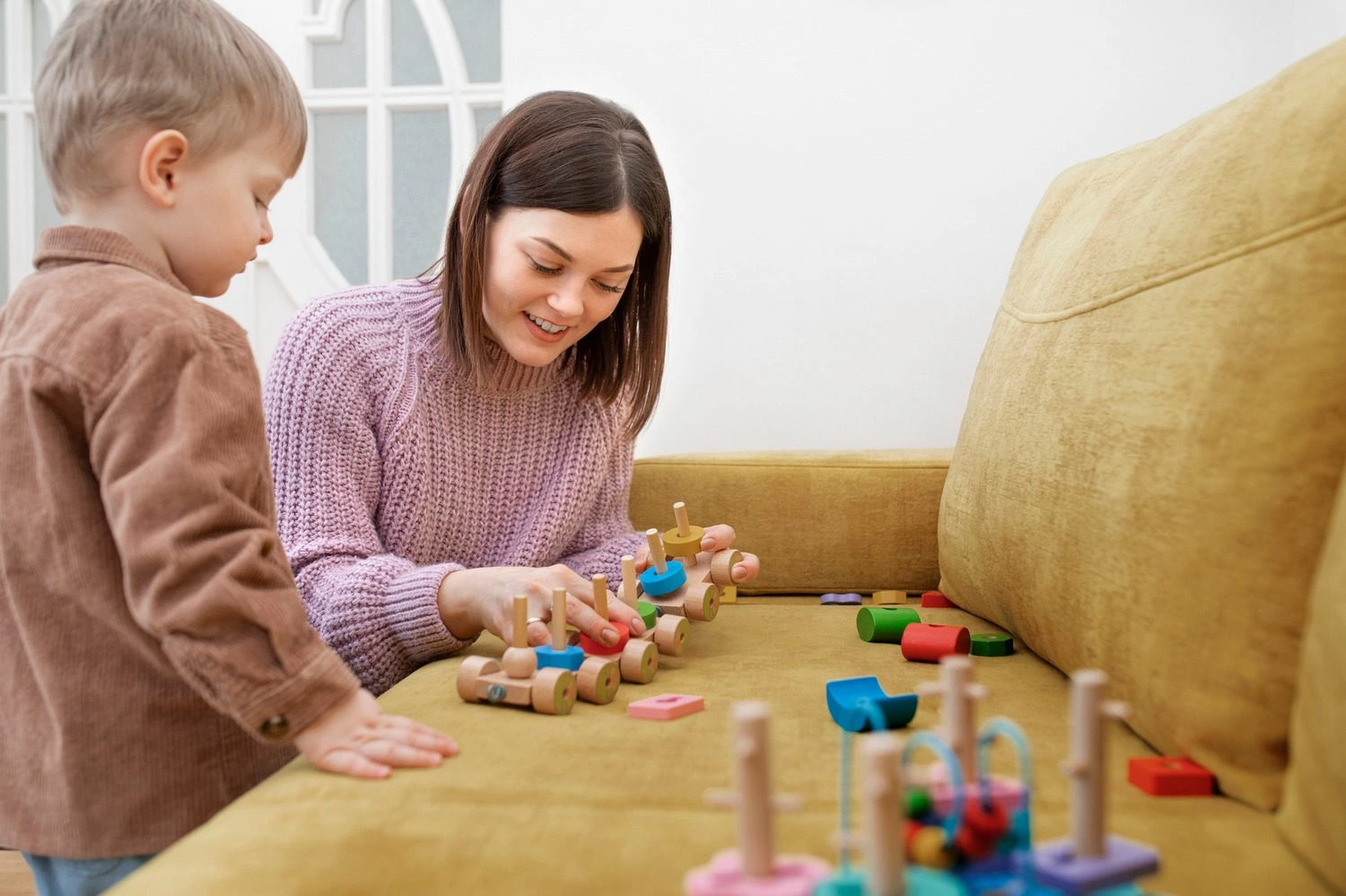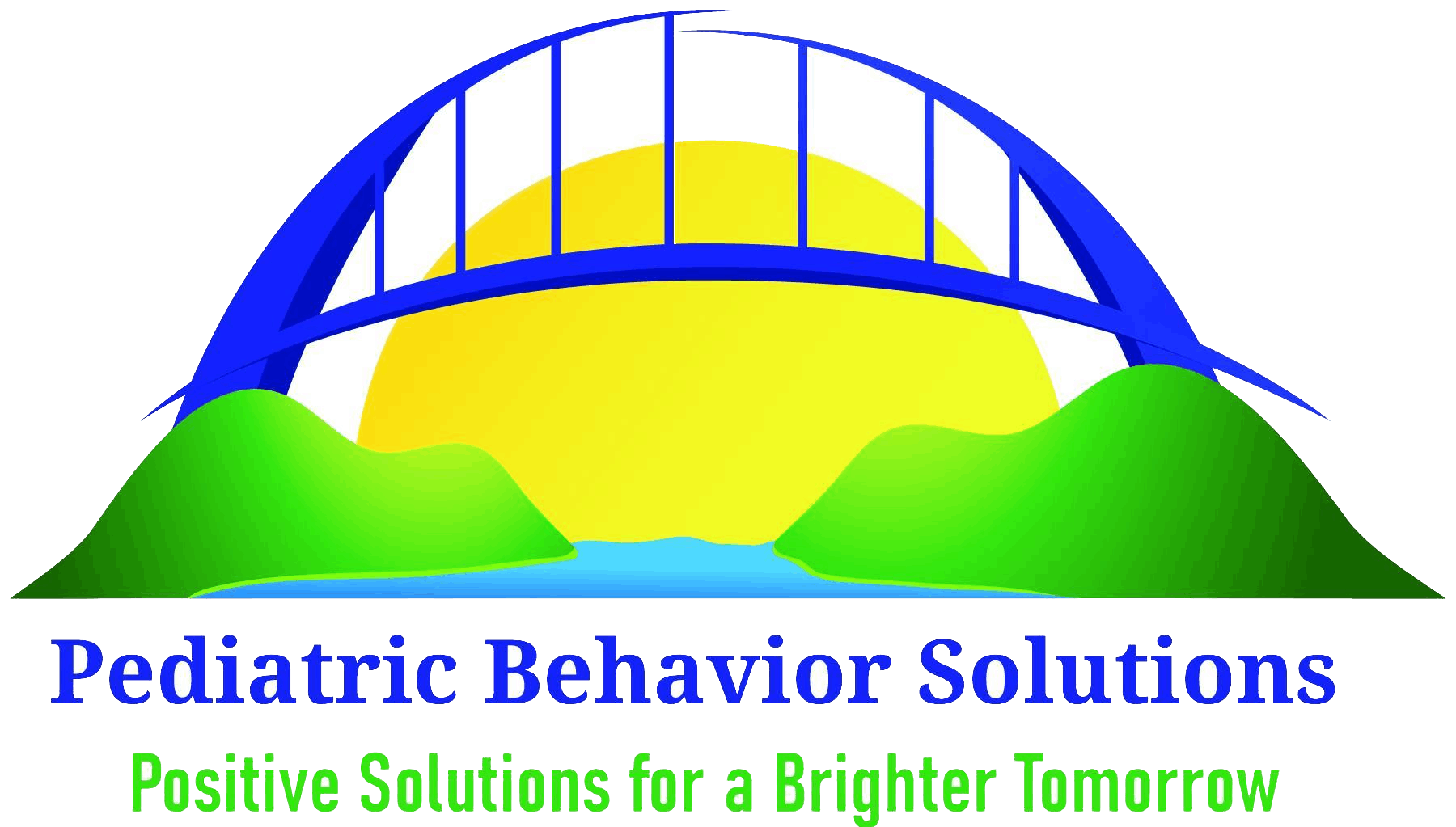5 ABA Therapy Techniques to Try at Home

You spend more time with your child than anyone else, and that makes you the most important part of their success in ABA therapy at home. Whether you believe it or not, when your child has autism, every little moment becomes an opportunity for learning.
But knowing where to start or how to help reinforce ABA therapy techniques at home often feels confusing and overwhelming.
The good news? You do not have to be a professional to use ABA therapy at home. With the right ABA therapy practices and techniques in your toolbox, you can turn everyday routines into moments that support your child’s progress in the most practical ways.
Try These 5 ABA Practices
Keep reading as we delve into five easy-to-implement ABA therapy techniques at home. These simple ABA therapy practices are designed to help you support your child in meaningful, consistent ways!
1. Positive Reinforcement
Positive reinforcement is one of the most widely used ABA therapy techniques. It focuses on increasing certain behaviors by following them with a reward your child values–whether that be a praise, a favorite toy, or a snack. The goal of positive reinforcement is to make it more likely that your child will repeat the desired behavior in the future.
2. Mirroring
The purpose of mirroring is to create connection, increase focus, and model interactive behaviors that your child can begin to copy on their own. Mirroring, often practiced through games, is an ABA therapy technique that is helpful for children who are still developing social and communication skills.
3. Task Analysis
Task analysis is a foundational ABA therapy practice that breaks down complex tasks into manageable steps that do not overwhelm your child. Instead of asking your child to “get ready for bed,” for example, you would break the task into specific steps like: go to the bathroom, brush your teeth, put on pajamas, and get into bed.
4. Errorless Learning
Errorless learning is easy to integrate into ABA therapy at home. This practice sets your child up for success by minimizing the chance of making a mistake. This might mean guiding your child to the right answer or giving them a prompt before they respond. Errorless learning helps build confidence.
5. Emotion Games
The goal of emotion games is to build emotional intelligence. These games are simple ABA therapy practices that help your child learn to recognize, label, and respond to emotions in appropriate ways. You can use toys, facial expressions, or stories to practice these emotions–get creative with it!
Get Professional ABA Therapy Support At Your Own Home
These ABA therapy techniques at home are just a starting point. While they can help build routines and support development, having a dedicated team of experts ensures your child gets a personalized approach that adapts to their needs.
At Pediatric Behavior Solutions, we offer custom ABA therapy services designed to empower families across Southeastern Michigan. Let us help your child thrive on their unique journey!
Contact us today to learn more about ABA therapy and more ABA therapy techniques that you can try at home.
